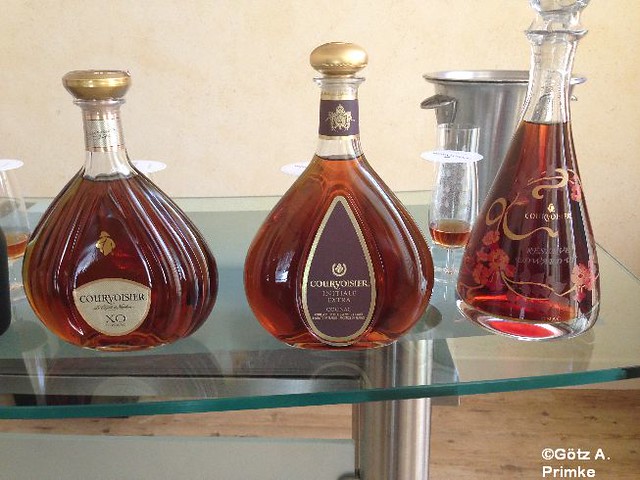Various Shades of Alcohol
Fruit juices, fermented grains & honey have been used to make ethyl alcohol or ethanol for the past thousands of years. Evidence suggests that early Egyptian civilization consumed fermented alcoholic beverages. Then there is enough evidence to prove that alcoholic drinks were in use in China as early as 7000 BC. An alcoholic beverage called ‘Sura’ which was distilled from rice existed in India between 3000 & 2000 BC.
Many native, American civilizations developed & consumed alcoholic beverages during pre-Columbian period. A fermented alcoholic beverage called ‘Chicha’ produced from grape, corn or apple was extensively consumed in the Andes region of South America. Babylonians are known to have worshiped a wine goddess way back in 2700 BC. One of the first alcoholic beverages gaining popularity in Greece was ‘Mead’ made from honey & water.
The Alcohol Story
During the 16th century alcohol often called ‘spirit’ was mainly used for medicinal purposes. The British parliament passed a law in the beginning of the 18th century encouraging the use of grains in production of alcohol. Reaching a climax in mid-18th century the markets were flooded with cheap spirits. Gin consumption subsequently touched 18 million gallons thereby alcoholism became widespread.
Alcohol in the 19th & 20th Century
The 19th century brought some respite by changing attitudes alongside the temperance movement. Moderate use of alcohol became the mantra ultimately leading to a push for total prohibition. US passed a law in 1920 banning the manufacture, sale, export & import of alcoholic beverages.
This triggered illegal alcohol trade as a result that prohibition of alcohol was lifted in 1933. As of now about 15 million Americans from alcoholism & almost 40% of road accidents are related to alcohol consumption.
Historic Vodka Blends from Poland
Quite a few Polish vodka blends have survived the centuries. Most notable amongst these include Żubrówka, & aged Starka vodka from the 16th century, & Goldwasser from the early 17th century. The nobility of Poland (Szlachta) was even granted monopoly on production & sale of vodka in their territories during the mid-17th century which was a rich source of substantial profits.
As part of the involvement of the aristocracy another one of the famous distilleries in Poland was established by Princes Lubomirska, & which was later operated by Count Alfred Wojciech Potocki, her grandson. Located in the park of Potocki country estate is the Vodka Industry Museum displaying an original document attesting the distillery existed in 1784. This distillery is operating today as Polmos Łańcut.
Famous French Cognac Labels
Even though there are more than 200 cognac producers in France, almost 90% of the spirit coming into the US markets, come from just four of them. Hennessy which is owned by LVMH, Courvoisier which is owned by Beam Inc, Rémy Martin owned by Rémy Cointreau & Martell which is owned by Pernod Ricard are the leading suppliers.
Other brands supplying cognac into US include Braastad, Camus, Meukow, Bache-Gabrielsen/Dupuy, La Fontaine de La Pouvade, Cognac Croizet, Chateau Fontpinot, Pierre Ferrand, Delamain, Frapin Hine, Movet, Marcel Ragnaud, Otard & Three Barrels.
After Dinner Brandy Wine
In most western countries it is a tradition to drink wine brandy neat at room temperature from a wine glass, a tulip glass or a sniffer. In many parts of Asia, Brandy is taken ‘on the rocks’, poured over ice cubes. By holding glasses in cupped palms Brandy is usually gently warmed when drunk at normal room temperature.
Excessive heating causes alcohol vapors to become too strong in Brandy where the aroma tends to be overpowering. Drinkers who like their Brandy warm generally ask for glasses to be heated before the spirit is poured. Brandy plays an excellent part in the making of several popular cocktails like the Brandy Daisy, the Brandy Sour, Brandy Alexander, the Sidecar & the Brandy Old Fashioned.
